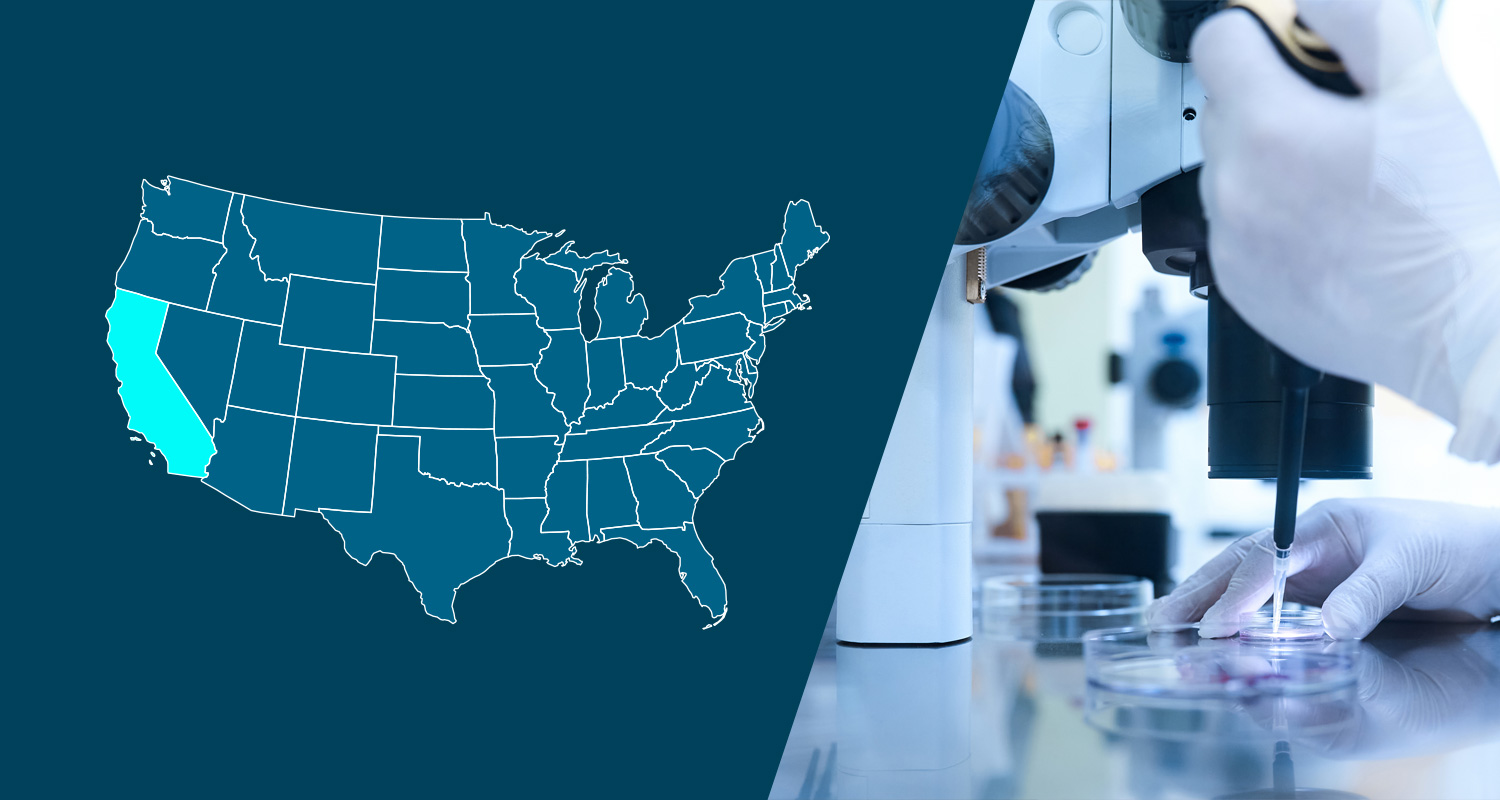After filing ACA Reporting, employers may realize that they made an error. Employers should make any corrections to the reporting as soon as the error is discovered to avoid potential penalties.
Employers may also need to correct a mistake after receiving a 226J Letter from the IRS, which imposes a penalty based on the employer’s prior ACA Reporting. The penalty may be due to a mistake in a prior year’s reporting and an employer may be able to avoid the penalty by making corrections to that year’s reporting.
This article provides a general guideline on how employers can correct ACA Reporting mistakes.
Background:
The ACA requires certain employers (shown below) to perform annual reporting to the IRS to confirm that they are complying with the employer mandate. Employers must also furnish a copy of the reporting to participants.
| Fully Insured Plan |
Self-Insured Plan
|
|
| Non-Applicable Large Employers (small employers) | Not required to file with the IRS. | Forms 1094-B and 1095-B must be filed with the IRS.
Employer responsible for providing 1095-B to participants. |
| Applicable Large Employers (ALEs) | Forms 1094-C and 1095-C must be filed with the IRS (Part III will not be completed).
Employer responsible for providing 1095-C to participants. |
Forms 1094-C and 1095-C are filed with the IRS (with parts I, II, and III completed).
Employer responsible for providing 1095-C to participants. |
ALEs use Forms 1094-C and 1095-C and Self-insured Non-ALEs use Forms 1094-B and 1095-B to satisfy their ACA Reporting obligations. For more on which forms employers must file for ACA Reporting, see our blog article, “ACA Reporting Deadlines in 2019.”
When should I correct my ACA Reporting?
Employers who made a mistake on their ACA Reporting should file a corrected return as soon as possible after the error is discovered. Mistakes in ACA Reporting may lead to steep penalties. The IRS provides instructions on how to file corrected returns on page 5 of the IRS Instructions for filing Forms 1094/1095-B and on page 4 of IRS Instructions for filing Forms 1094/1095-C.
What are common ACA Reporting errors and mistakes?
Mistakes on the B Series (Forms 1094/1095-B)
Employers must correct errors on the responsible individual’s name, origin of coverage (Line 8), Social Security Number (SSN) or Tax Identification Number, employer information (Part II), coverage provider information (Part III), and covered individuals (Part IV).
Mistakes on the C Series (Forms 1094/1095-C)
Form 1094-C:
Employers must correct errors on the employer name or Employee Identification Number (EIN), information about the employer’s Aggregated ALE group membership, offer of minimum essential coverage indicator, and full-time employee count.
Form 1095-C:
Employers must correct errors on the employer name, SSN, company EIN, offer of coverage, employee required contribution, Section 4980 Safe Harbor, relief codes, and information regarding covered individuals. Some of these errors are discussed more extensively below:
- Employer Failed to Enter Safe Harbor Code (Line 16)
- Employers use this section to indicate whether they offered coverage to an employee and whether they enrolled or waived coverage. The employer may also indicate why they did not offer coverage. The IRS uses this section to determine whether the employer is liable for a penalty. The employer should ensure that they enter the correct 4980H Safe Harbor.
- Employer Incorrectly Indicated That They Did Not Offer Coverage to Substantially All Full-Time Employees (Part III, Column A)
- Employers use this section to indicate that they offered minimum essential coverage to substantially all (70% in 2015 and 95% after 2015) of their full-time employees and their dependent children. An employer may have mistakenly indicated they did not offer this coverage, so employers should ensure this section is accurate.
- Employer Failed to Fill out an Offer Method (Part II, Line 22)
- Employers use this section to indicate that they are eligible for reporting relief under the Qualifying Offer Method or 98% Offer Method. Utilizing this method relieves employers of certain reporting obligations. An employer may have inadvertently failed to indicate the use of a method (none, one or both) but performed their reporting according to the curtailed obligations. The employer should ensure that they fill out an offer method, if applicable.
De Minimus 1095-C Error:
Employers may not have to file a corrected Form 1095-C if the only error is an incorrect dollar amount for the Employee Required Contribution (Line 15) within $100 of the correct amount. The employer could qualify for a de minimus error safe harbor and avoid penalties. However, if the recipient elects for the safe harbor to apply, the employer may need to issue a Form 1095-C to avoid penalties.
How do I fill out corrected ACA Reporting?
If an employer makes a mistake on their ACA Reporting, they will have to file corrected form(s) and may have to furnish the corrected form(s) to the appropriate participants.
B-Series Corrections (1094-B or 1095-B):
Form 1095-B
- Fully complete Form 1095-B with the correct information
- Denote a “X” in the “CORRECTED” box on the top of the form
- File a Form 1094-B Transmittal with the corrected Form 1095-B (do not file a corrected Form 1094-B)
- Furnish to participant
- If the Form 1095-B was previously filed with the IRS, the employer should distribute the corrected Form 1095-B
- If the Form 1095-B was not previously filed with the IRS, but was previously furnished the participant, write, print or type “CORRECTED” on the new Form 1095-B and furnish to the participant
C-Series Corrections (1094-C or 1095-C):
Form 1094-C:
- Prepare a new authoritative Form 1094-C (only one needs to be filled out, this Form reports aggregate employer-level data for all full-time employees)
- Complete a fully completed Form 1094-C and denote a “X” in the “CORRECTED” box on the top of the form
- Submit the stand-alone corrective Form 1094-C
- DO NOT file any other documents (such as the Form 1095-C) with the corrected Form 1094-C
Form 1095-C:
- Completely fill out the 1095-C Form(s) with correct information
- Denote a “X” in the “CORRECTED” checkbox on the top of the form
- File a Form 1094-C (without an “X” in the “CORRECTED” checkbox on the 1094-C) with corrected 1095-C Form(s)
- Furnish the participant(s) with a copy of the corrected Form(s) 1095-C
- If the Form 1095-C was previously filed with the IRS, the employer should distribute the corrected Form 1095-C
- If the Form 1095-C was not previously filed with the IRS, but was previously furnished the participant, write, print or type “CORRECTED” on the new Form 1095-C and furnish to the participant
- If the employer used the Qualifying Offer Method and furnished an alternative statement to the participant, the employer must furnish a corrected statement if it corrected the employer’s name, EIN, address, contact name or telephone number. If the employer is no longer eligible to use the Qualified Offer Method, the employer should furnish the corrected Form(s) 1095-C to participant(s) with a statement that the Form 1095-C replaces the prior statement
How do I file a corrected Forms with the IRS?
Generally, employers who file 250 or more information returns must file their ACA Reporting electronically. However, if the employer is filing less than 250 corrected returns, then they may file their corrected ACA reporting in paper format. Please note that the IRS encourages all employees to file their ACA Reporting electronically.
For more on how to file corrected electronic filings, see Section 7.1 of IRS Guide for Electronically Filing Affordable Care Act (ACA) Information Returns for Software Developers and Transmitters.
Additional Resources:
Sequoia Blog: ACA Reporting Deadlines in 2019
2018 IRS Instructions for Forms 1094-C and 1095-C
2018 IRS Instructions for Forms 1094-B and 1095-B
The information and materials on this blog are provided for informational purposes only and are not intended to constitute legal or tax advice. Information provided in this blog may not reflect the most current legal developments and may vary by jurisdiction. The content on this blog is for general informational purposes only and does not apply to any particular facts or circumstances. The use of this blog does not in any way establish an attorney-client relationship, nor should any such relationship be implied, and the contents do not constitute legal or tax advice. If you require legal or tax advice, please consult with a licensed attorney or tax professional in your jurisdiction. The contributing authors expressly disclaim all liability to any persons or entities with respect to any action or inaction based on the contents of this blog.


